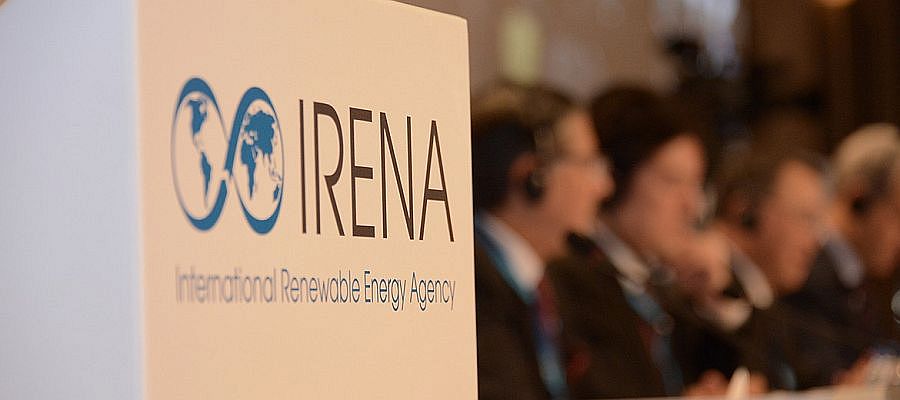Journeys via the NSR can be made between May and November, when ice conditions allow.
It’s a feat made possible by the versatility of a new class of LNG carrier, which doubles as an ice-breaker.
The route enables ships to reach Asia - where many customers await the LNG that Yamal LNG will produce - in 15 days via the Bering Strait, compared to 30 days by the traditional route through the Suez Canal.
Alexey Likhachev, Director General of Rosatom, declared that transition to the concept of the Great Northern Sea Route (GNSR) would make it easier for the foreign colleagues to perceive the Arctic's main transport artery and structure the work on the development of Russian regions along the entire sea route between the Western and Eastern sea borders of Russia.
Likhachev said:
- In order to develop international transit, we plan constructing 2 big high-tech container terminals in the west and in the east - specifically, in Murmansk and Vladivostok
- We will determine the key points for export and coastwise shipping, construct new ports and terminals
- We all see fundamental prerequisites for Northern Sea Route becoming both a reliable and effective main transport artery for solving problems of national projects and one of the elements of the global logistics system of the 21st century
- Even under the conditions of economic decrease associated with COVID-19 pandemic, businesses look for new routes that allow achieving optimal transportation costs and carbon footprint reduction
Shorter distances not only means shorter voyages but also reduces fuel consumption, which in turn reduces the amount of greenhouse gases emitted by shipping vessels.
Vladimir Panov, Deputy Chairman of the State Commission for the Development of the Arctic commented:
- Northern cargo traffic is rapidly growing, and the goal of 80 million tons of cargo turnover by the end of 2024 has been set
- We believe that a new stage in the development of the NSR and the Great Northern Sea Route as a transport artery connecting Europe and Asia will begin after 2025
- According to our conservative estimates, cargo turnover will reach 150 million tons in 2030
- An increase in cargo traffic on the NSR in 2025–2030 would cause a shortage of the icebreaker fleet up to 6 icebreakers according to Rosatom's and shipping organizations' estimates
- In order to solve this problem, it is planned to make 2 more nuclear icebreakers (Project 22220) and 4 LNG-icebreakers
Aside from Rosatom, the major developers of new Arctic infrastructure are Rosneft, Gazprom Neft and Novatek.
To read the full story in Russian








